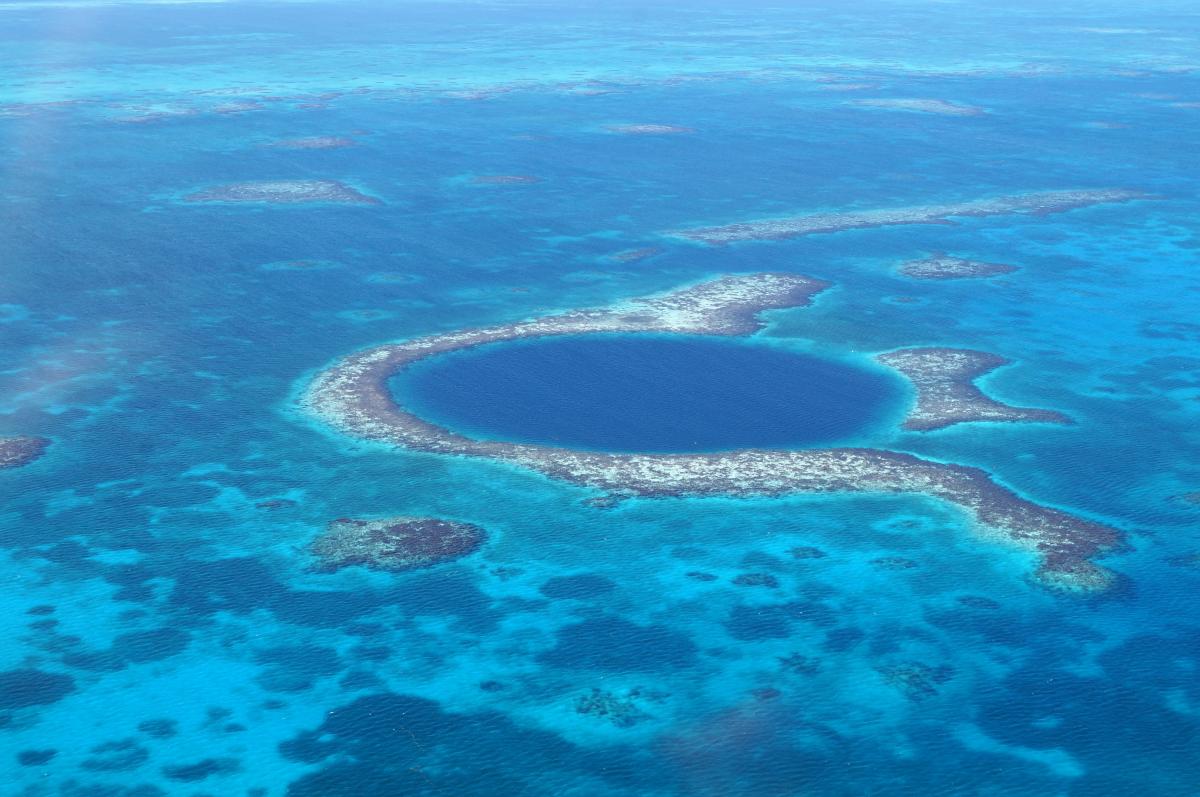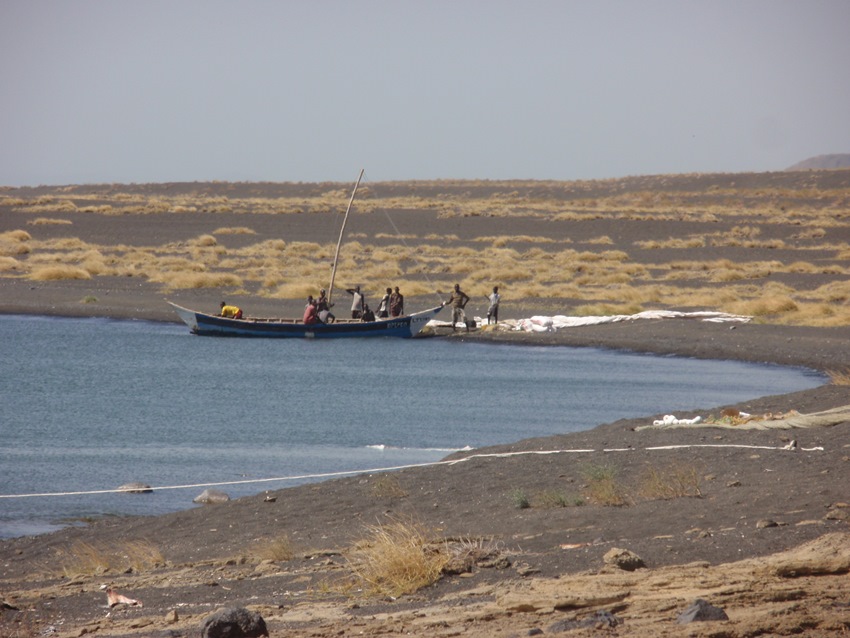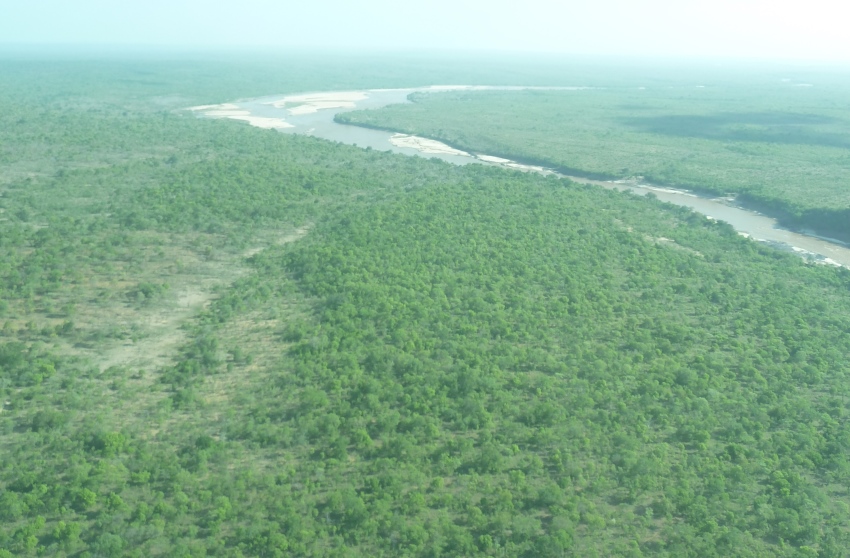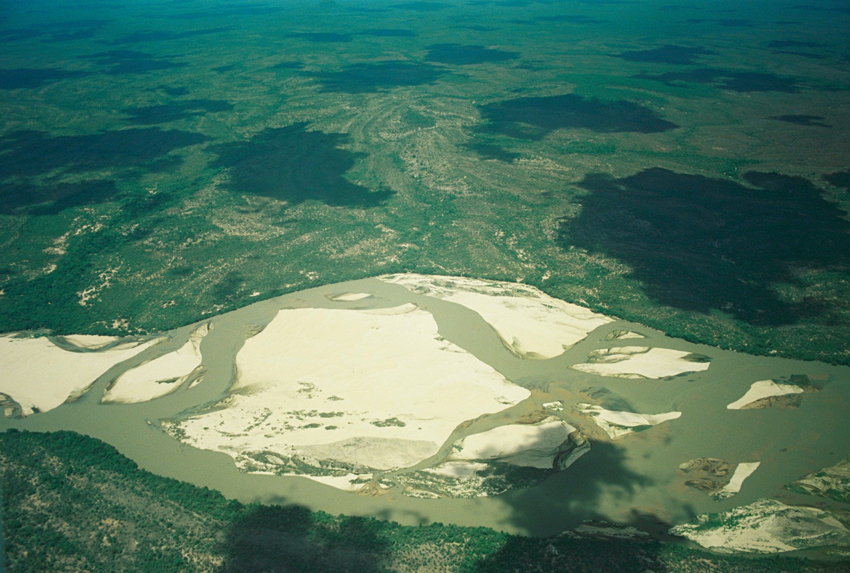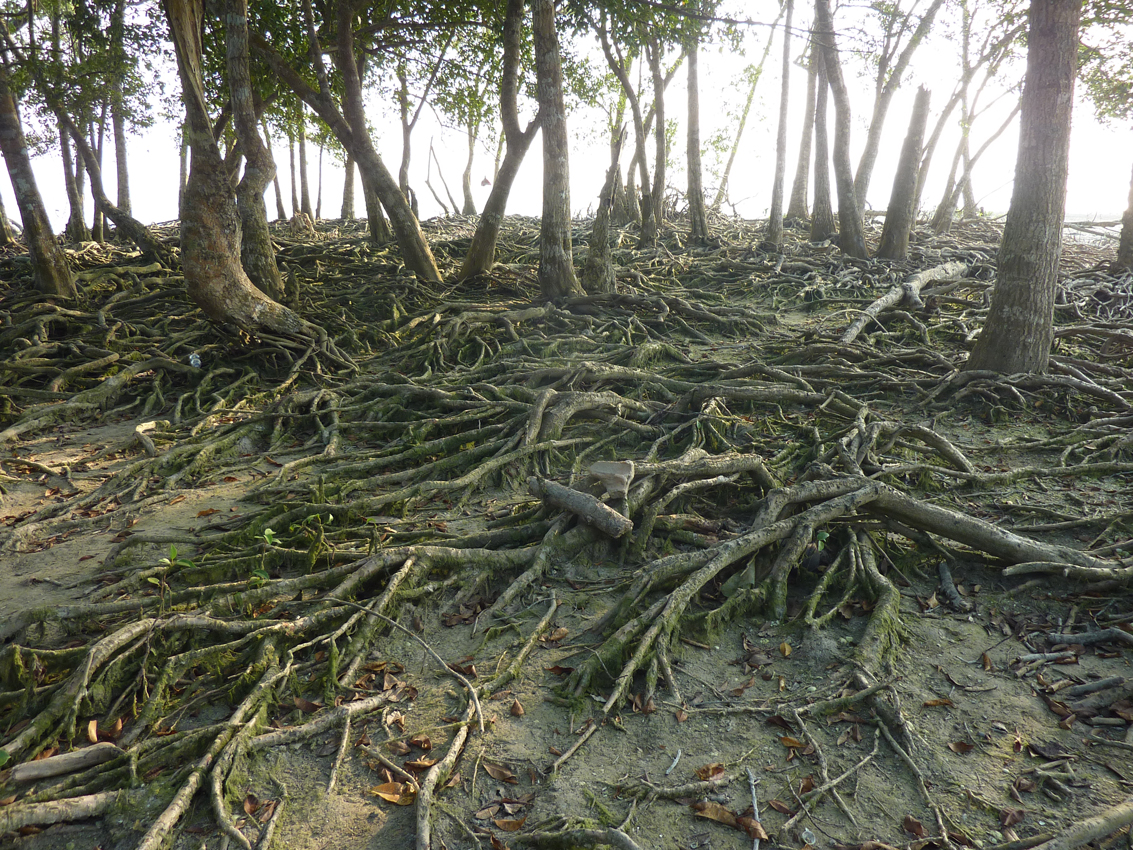World Heritage in-danger: Belize reef recovers while Lake Turkana faces dam threat – IUCN
In-danger status can be lifted from the world’s second largest coral reef, Belize Barrier Reef Reserve System, according to the International Union for Conservation of Nature (IUCN) in charge of advising the UNESCO World Heritage Committee on natural sites. IUCN recommends danger-listing Kenya’s Lake Turkana National Parks, whose unique values could quickly degrade as a new dam in Ethiopia moves into operation without proper impact assessment. IUCN also raises concern over recently announced plans to log in the heart of Tanzania’s danger-listed Selous Game Reserve.
Four new natural sites in Canada, Colombia, France and Mexico are also recommended by IUCN for inscription on the World Heritage List.
IUCN’s advice has been released today by UNESCO and is addressed to the World Heritage Committee, the governing body on World Heritage made up of 21 governments. The Committee will take decisions at its annual meeting in Bahrain from 24 June-4 July.
Belize Barrier Reef’s protection boosted by oil and gas ban
IUCN recommends removing the Belize Barrier Reef Reserve System from the List of World Heritage in Danger, following an unprecedented decision by the Belize Government to ban all offshore oil and gas activities in its marine territories and to protect the reserve’s mangroves from overdevelopment.
“The far-sightedness of Belize’s decisive action to protect one of the planet’s finest coral reefs is an inspiration for the World Heritage Convention and a great boost for global conservation,” says Peter Shadie, Senior Adviser on World Heritage at IUCN. “It shows that when commitment is there, the danger list can be put to good use to help reduce threats and secure stronger outcomes for conservation and people.”
The List of World Heritage in Danger is a mechanism to draw attention to World Heritage sites under severe threat, so that urgent action can be mobilised. The Belize Barrier Reef Reserve System was danger-listed in 2009 due to a number of threats, including unsustainable tourism development on many islands and cayes within the site. Oil and gas activities further loomed as threats to the site’s fragile ecosystem, due to concessions granted within the marine area.
Located in the Caribbean Sea in Central America, the site is the world's second largest coral reef system, after the Great Barrier Reef. It includes seven areas which illustrate the evolution of reefs and provide habitats for threatened species, including marine turtles, manatees and the American marine crocodile.
Lake Turkana faces water level changes following dam construction
Kenya’s World Heritage site Lake Turkana National Parks is threatened by the Gibe III dam in neighbouring Ethiopia, the second largest hydroelectric plant in Africa at 243 metres in height. Since the dam’s reservoir started to be filled in early 2015, downstream water levels have been rapidly declining according to data examined by IUCN.
Seasonal changes to critical water flows into Lake Turkana – the largest desert lake on Earth – have also been disrupted, with likely knock-on effects for wildlife and fish stocks which local communities depend on. An assessment of the dam’s environmental impacts on the site’s outstanding values was never conducted, despite several requests by the World Heritage Committee.
In addition, the Kuraz sugar project in Ethiopia is likely to increase water consumption from the Omo River – upstream from Lake Turkana – and IUCN recommends halting the project until its possible impacts on water flow and quality have been fully assessed.
Alarming deforestation plans in the heart of Selous
Last month, Tanzania announced its plans to log 143,638 ha in the heart of the Selous Game Reserve along the Rufiji river. This area contains important habitat for iconic mammals, including the Critically Endangered black rhinoceros.
The planned logging would be in the same location as the proposed Stiegler’s Gorge dam. In line with IUCN’s advice, the World Heritage Committee has repeatedly noted the dam would cause great damage to Selous’s exceptional values. The new announcement represents another serious threat to Selous and reinforces the need to urgently address mounting concerns. .
The Selous Game Reserve – one of the largest World Heritage sites on Earth – was danger-listed in 2014 due to elephant poaching.
Four inscriptions recommended by IUCN in 2018
This year, IUCN recommends listing four new World Heritage sites for their natural values. Two of IUCN’s inscription recommendations have been issued today by UNESCO, while two others were made available on 14 May.
Three of the sites recommended for listing are proposed as ‘mixed’ natural and cultural sites. They highlight the importance of engaging with local communities and the role of indigenous peoples in protecting intact nature.
In Tehuacán-Cuicatlán Valley: originary habitat of Mesoamerica, Mexico, a strategy seeks to engage local communities in fostering responsible tourism. The biodiversity found in this region has long sustained human development, with some 1,000 species used by local people today. The site hosts a remarkable diversity of cacti, which are highly threatened worldwide, and one of the highest levels of animal biodiversity for a dryland.
Pimachiowin Aki in Canada and Chiribiquete National Park in Colombia, also proposed as mixed sites, both include the ancestral territories of indigenous peoples.
Another site, Chaîne des Puys - Limagne fault tectonic arena in France, is recommended for inscription for its geological values, which illustrate processes and features of continental break-up – key to Earth’s history.
Follow IUCN at the 42nd session of the World Heritage Committee meeting on www.iucn.org/42whc.
